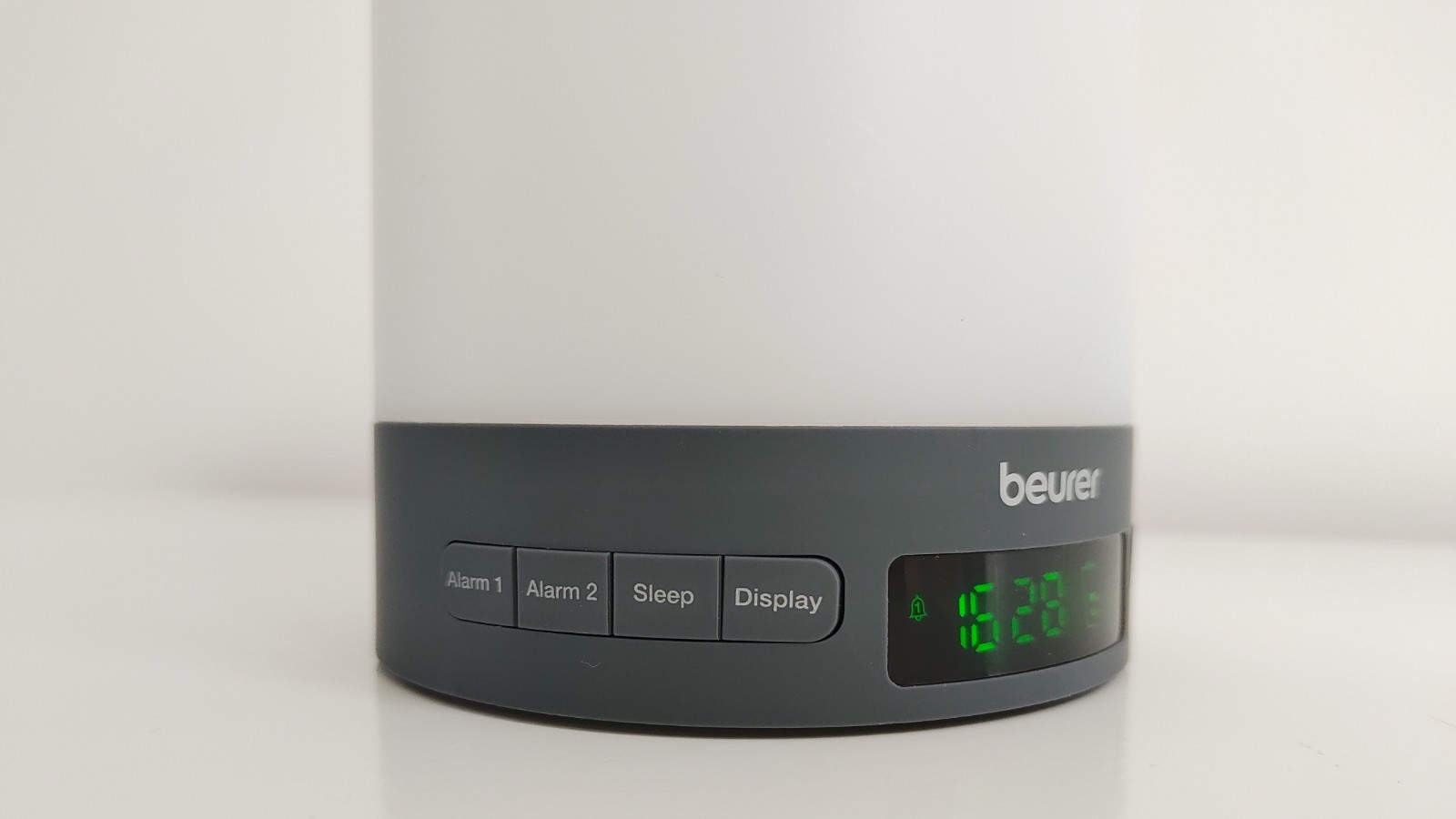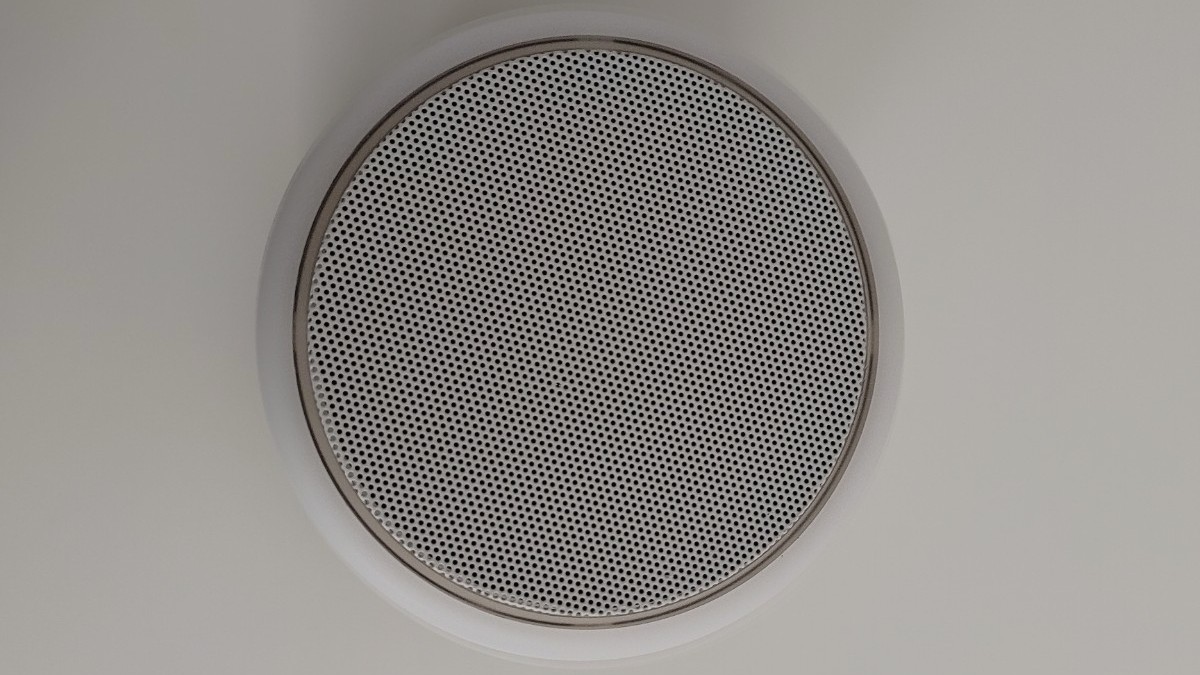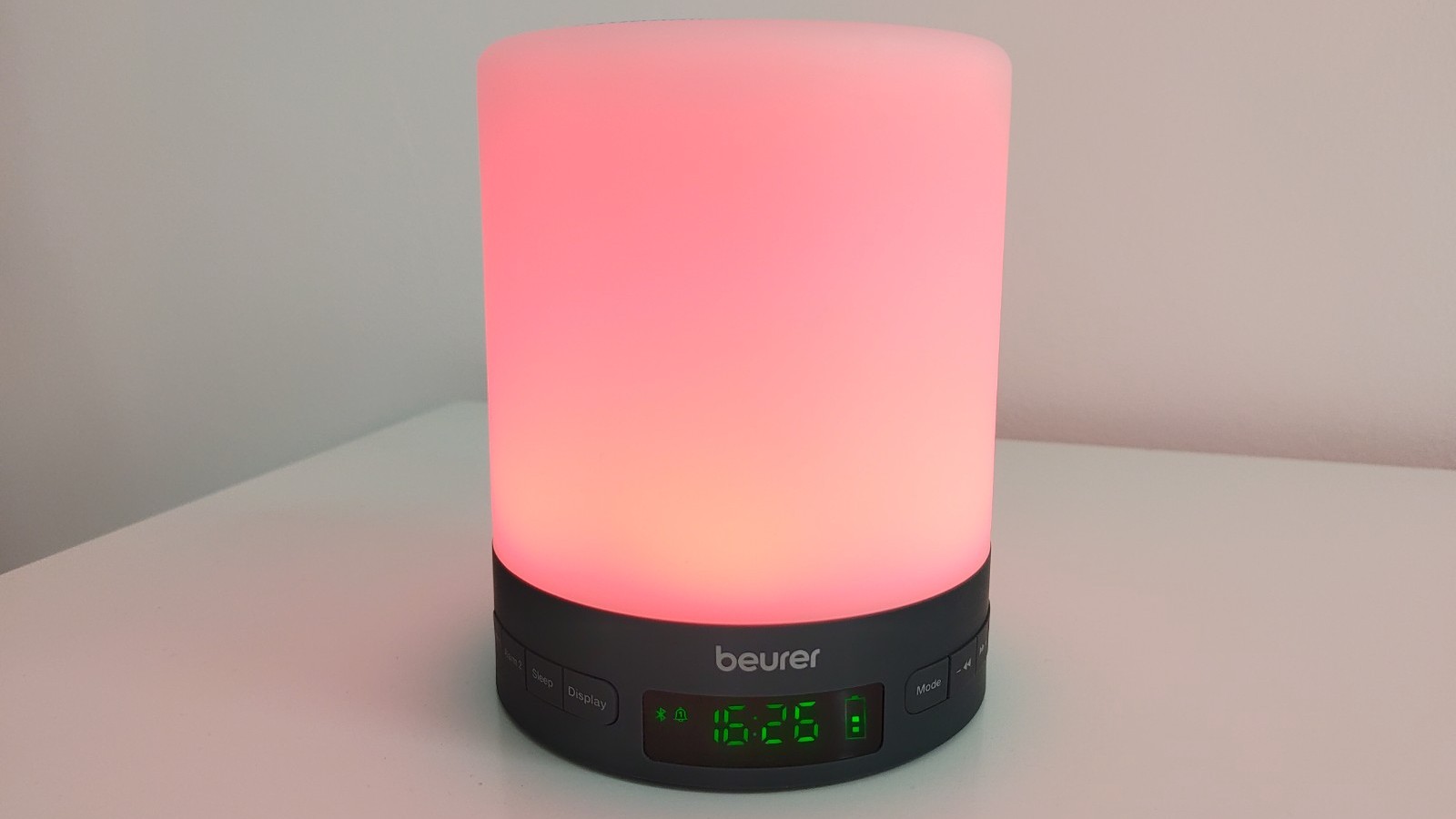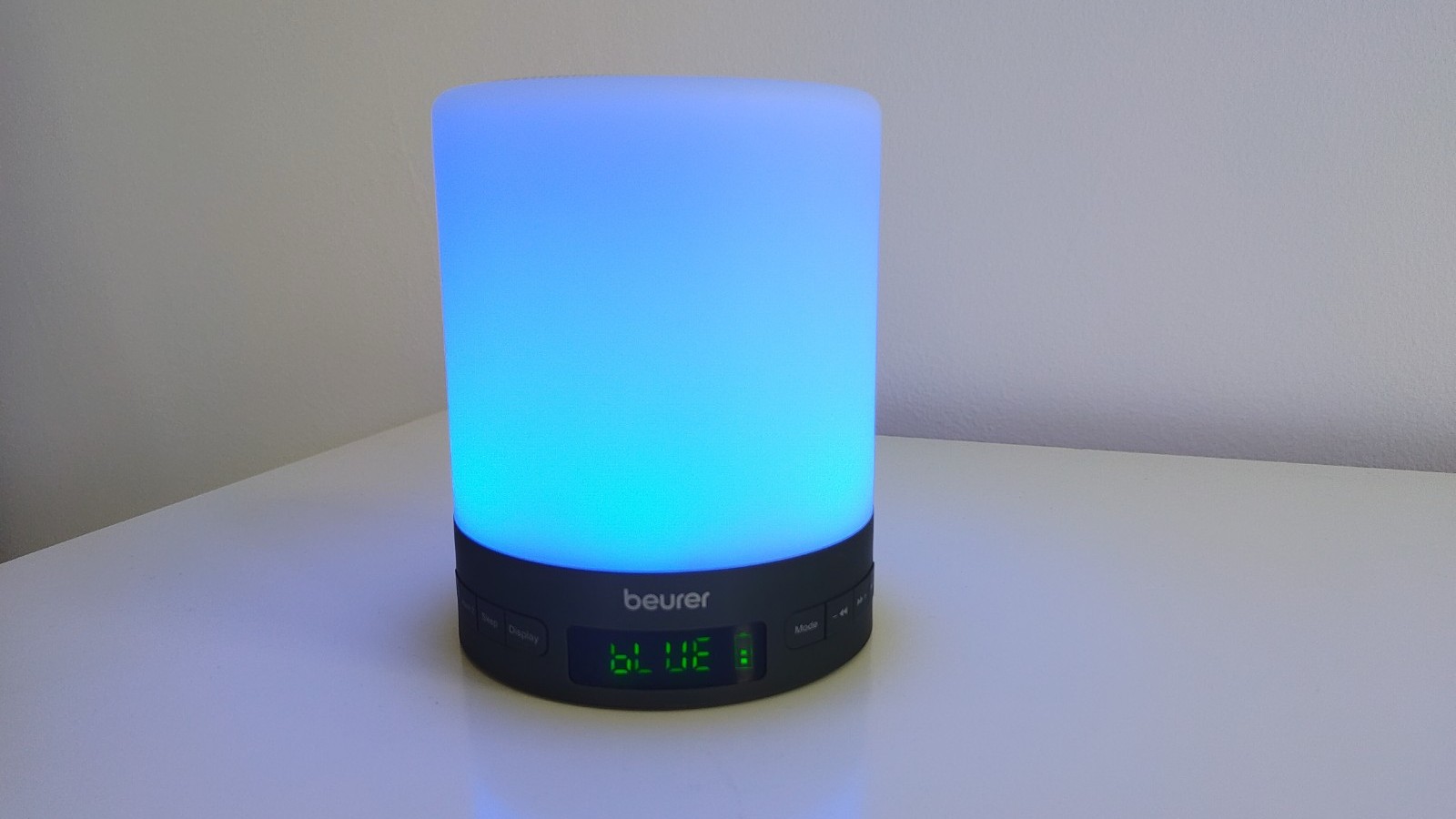Beurer WL50 Wake Up Light review: a multi-function sunrise lamp to brighten your mornings
This mid-priced device promises a nicer way to rise in the morning. We put it to the test in our Beurer WL50 Wake Up Light review


Beurer WL50 Wake Up Light is a solid choice if you're looking for a wake-up light that offers a little more. It performs its main function well, and also works as a going-to-sleep light, a basic Bluetooth speaker, an FM radio, a desk lamp for daytime and evening, and a mood light. So while it isn’t the cheapest wake-up light on the market, it does represent very good value.
-
+
Wake and sleep modes
-
+
Works as a mood light
-
+
Play music via Bluetooth speaker
-
+
Includes FM radio
-
+
Reasonable price
-
-
Limited range of sounds
-
-
Lack of fine controls
Why you can trust T3
Do you find waking up a chore? The Beurer WL50 Wake Up Light promises to make rising in the morning a more relaxed and pleasant experience.
The best wakeup lights help us awaken in a natural way, just like our ancestors on the plains did; as the sun rose over the horizon and the sky gradually lightened. A wake-up light mimics that experience, by slowly but surely raising the brightness level in your room. This way, you don’t awaken suddenly, but in a way that’s more in tune with your natural biorhythms, leaving you more refreshed and energised. The Beurer WL50 Wake Up Light also offers the reverse experience – a gradual darkening of the room in the evening, to help you get to sleep more naturally.
That's not all, either: you can also use it as a radio, an alarm clock, mood light, or a Bluetooth speaker. If it's versatility you're after, there's a case for this style of light being one of the best bedside lamp choices in general.
So is it worth investing in one? We put this device through its paces, over the course of a month, to discover the answer to that question. Read on for our full Beurer WL50 Wake Up Light review.
- Suffering from the winter blues? Try one of the best SAD lamps instead
- Browse the best sleep headphones to help you drop off with soothing sounds
- ... or keep an eye on your habits with one of the best sleep trackers
Beurer WL50 Wake Up Light: setup
The Beurer WL50 Wake Up Light is pretty easy to set up and operate, although unless you’re very clever, you will have to follow the included instruction booklet. You don’t need to download an app or anything involved like that: programming it is simply a matter of pressing the buttons on the light itself (there are eight in total).

The first thing you need to do is power up the battery using the included USB lead. You can either connect this to a USB power point, or into a mains socket using the included plug adapter. Then you just have to set the current time, and you’re away.
Beurer WL50 Wake Up Light review: sleeping and waking functions
So how does it work in practice? Let’s say you want to wake up tomorrow morning at 6.30am. The idea is that you set an alarm for that time, and in the run-up to that happening, the light from the lamp will gradually grow. You have the choice of giving your ‘sunrise’ a duration of either 10, 20 or 30 minutes. (Note: if you don’t want a sunrise at all, you can just have the alarm).
Get all the latest news, reviews, deals and buying guides on gorgeous tech, home and active products from the T3 experts
You can choose from three alarm sounds: a melody with bird calls, a series of chimes, or a set of beeps. Alternatively, you can choose to have the radio come on, or to have no alarm at all and just the sunrise.

When the alarm goes off, you can snooze it by lightly touching the top of the speaker. After eight minutes, the alarm will sound again (note: there’s no way to vary this duration). To switch off the alarm altogether, you just need to press down on the speaker for three seconds. You can preset two different alarms/sunrises in advance, if that’s helpful to you.
Want a ‘sunset’ experience when you go to bed? You can set the light to gradually dim from white to yellow, and then red, over either 15, 30 or 60 minutes. You can choose to accompany this with FM radio, a ‘Sounds of the Sea’ recording, or your own music played via Bluetooth or an auxiliary lead.
Beurer WL50 Wake Up Light review: extra functions
The Beurer WL50 Wake Up Light can also be used at any time of day or night as a lamp. You can set it to emit any one of the following colours: white (at full or half brightness), yellow, blue, green or red. Alternatively, you can use it as a mood lamp, whereby it shifts through all the different colours, one after the other.

The device also functions as an FM radio, and allows you to store up to 30 different channels. Alternatively, you can use the speaker it houses to play your own music via Bluetooth, or via any USB connected device. There’s a cable included for this, which also doubles as an aerial for the FM radio.
Beurer WL50 Wake Up Light review: daily use
Overall, I enjoyed using the Beurer WL50 Wake Up Light, which did pretty much everything I needed it to. It’s quick and easy to set up, and I was pleased I didn’t need to do any tedious messing about on my smartphone (I spend enough of my life there as it is). I also liked having the choice between USB and mains power. That’s going to be particularly useful when I’m abroad, and don’t necessarily have access to all the mains adapters I need.
The actual sunrise and sunset effects worked well. Offering 800 Lux at a distance of approximately 10cm, the LED lamp isn’t the brightest, but that’s kind of the point. I’m looking for a restful waking experience, and don’t necessarily want to be dazzled. I found the changing colours pleasant and enjoyable, whether rising or slumbering. I enjoyed using the device as an evening mood lamp, too, for the same reasons.

The 5W Bluetooth speaker performed well. It’s not particularly high quality, and if you’re an audiophile I certainly wouldn’t recommend it as your primary music speaker. But for listening to the radio or putting on some tunes in background, it’s certainly adequate.
My biggest issue with this wake-up light are the alarm sounds. Alarm sound 1, the melody with bird calls, is pleasant enough while it's playing. But there’s an annoying gap when the loop repeats. The effect is jarring, and wrenched me from my good mood on waking... undoing the good work performed by the wakeup light.
The other two sounds, the chimes and the beeps, were okay, but a bit harsh for my personal tastes: I am NOT a morning person. So in the end I preferred using the light without an alarm. (Luckily, I don’t generally need one to wake up on time anyway).
On the positive side, while the ‘Sounds of the Sea’ recording play during sunset mode also repeats, it does so in a much more unobtrusive manner, and so I enjoyed listening to that as I wound down at night.
Beurer WL50 Wake Up Light review: should you buy one?
The Beurer WL50 Wake Up Light is a solid choice in a very crowded market. If you’re looking for a no-nonsense device that’s easy to set up and use, and doesn’t baffle you with too many options, you’ll struggle to find finer for this much money.
There are many cheaper wake up lights, and if you’re tight on funds, then you might prefer the more basic Fitfirst Wake Up Light. At the other end of the scale, if you want superior audio and light quality plus extras like being able to charge your phone, DAB radio and low-blue light mode, we’d recommend the much more expensive Lumie Bodyclock Luxe 750DAB.
But otherwise, Beurer WL50 Wake Up Light looks fantastic, works very well, and represents excellent value for the price. As long as you’re not looking looking for a wide array of alarm sounds, it fulfils all your needs for a wake-up light, and offers plenty of nice extras too, from being a good basic Bluetooth speaker to a quite excellent mood light.

Tom May is a freelance writer and author of the book, Great Ted Talks: Creativity. He has been editor of Professional Photography magazine, associate editor at Creative Bloq, and deputy editor at net magazine. He has also worked for a wide range of mainstream titles including Radio Times, NME, Heat, Company and Bella.
